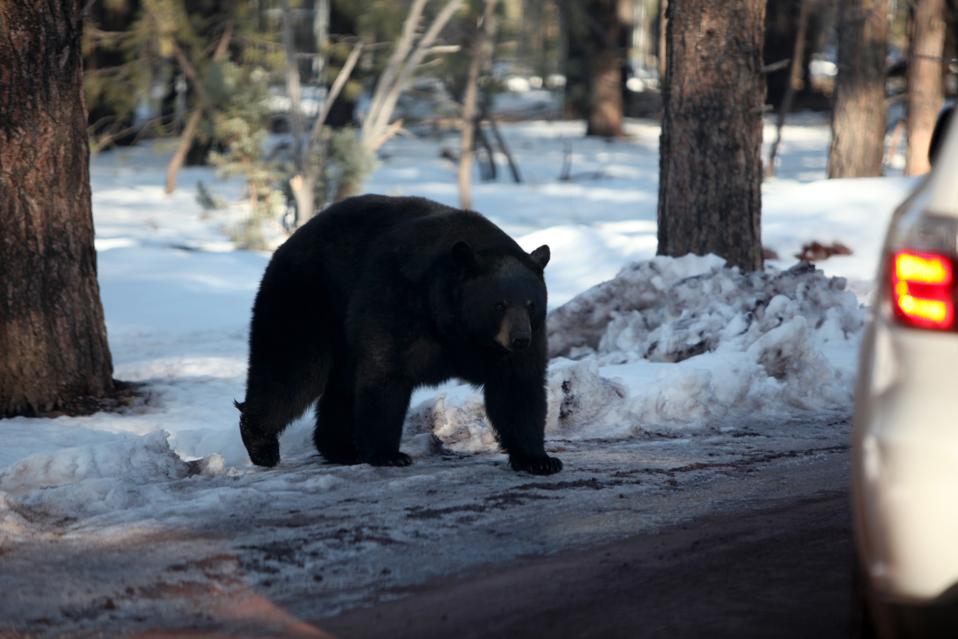Arizona is investing $15.8 million to create an Interstate 17 wildlife crossing near Flagstaff to improve traveling safety in an area of frequent vehicle crashes with elk, deer and black bears.
A partnership between Arizona’s Transportation and Game and Fish departments aims to deter traffic accidents in one of the state’s wildlife-vehicle collision hot spots by creating the Willard Springs Wildlife Overpass.
This section of I-17 is the primary transportation route linking northern Arizona to Phoenix that handles 31,544 vehicles per day. Travelers also use the I-17 route to drive to the Grand Canyon.
It was identified as the state’s 7th highest hotspot for vehicle crashes with wildlife in a “Arizona Statewide Wildlife-Vehicle Conflict Study” issued in July 2021. The crossing not only will lower the likelihood of vehicle-wildlife collisions, but also increase connectivity between wildlife populations.
“This stretch currently has no bridges and only one road culvert suitable for use by elk and deer,” ADOT stated in its recent announcement about the start of the project. It noted that the plan includes adding 8-foot-tall wildlife fencing as a barrier for nearly 10 miles on I-17.
When the wildlife crossing is complete, scheduled for next fall, animals such as black bears, mule deer and elk are expected to use the overpass to cross I-17 some 12 miles south of Flagstaff.
The Arizona Department of Transportation is starting to work on an interconnected transportation deterrence system to guide wildlife to use an overpass instead of walking over the interstate.
The project includes swapping existing right-of-way fencing for new wildlife fencing with gates, building box culverts, devising wildlife escape ramps and placing traffic signs to warn of wildlife in the area. Interstate concrete barriers, guardrails and cattleguards also will be removed and replaced as necessary. Native seeds will be planted to replace disturbed vegetation in the project area.
“The area that involves the new overpass and fencing construction accounted for 58% of crashes involving wildlife from Stoneman Lake Road to Flagstaff between 2018 and 2022. And within that longer 32-mile stretch, about 75% of all crashes with wildlife involve elk, which can weigh up to 1,100 pounds,” ADOT stated.
More vehicles collide with wildlife in the area of I-17 there in two peak periods: from May to August (when nearly 60% of all collisions happen there) and between December and March (which experiences about 12% of all the wildlife-vehicle accidents).
Travelers are urged to drive carefully through the construction site and enable extra time passing through I-17 during the duration of the project. I-17 will be narrowed to a single lane during construction of the wildlife crossing overpass.

